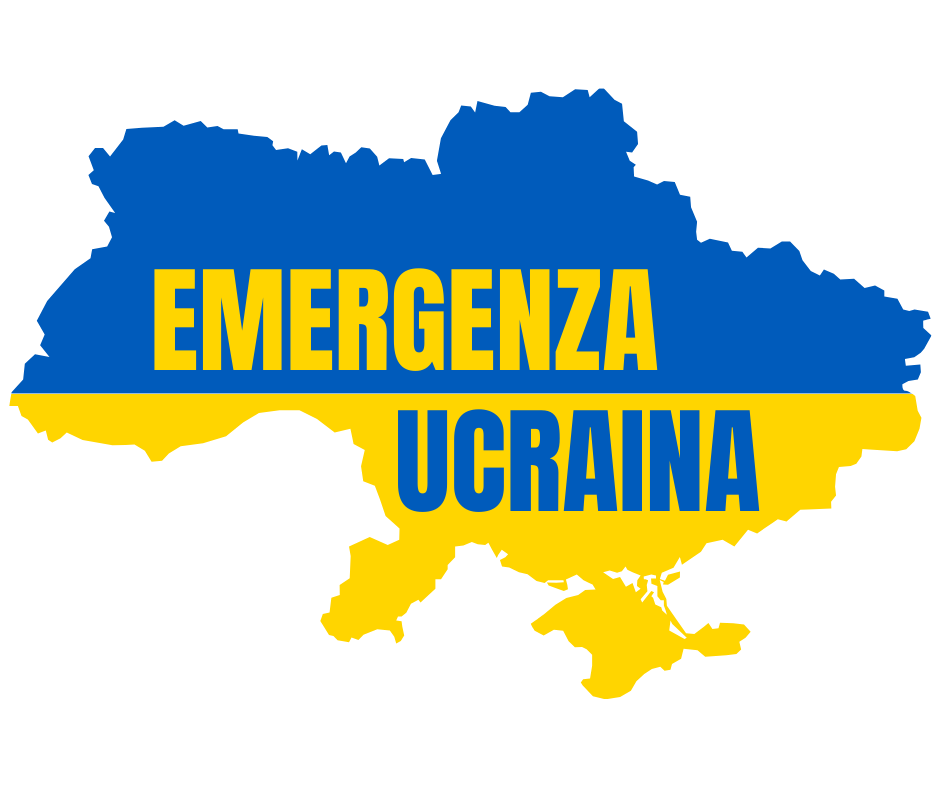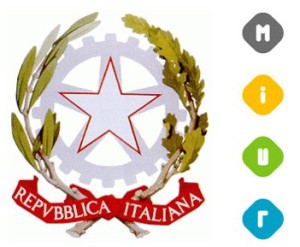How to Calculate and Forecast Purchase Price Variance PPV
With customizable features tailored to meet specific business needs and ensures that your procurement processes remain smooth and effective. Before understanding why Purchase Price Variance (PPV) occurs, it’s essential to recognize that several factors, both internal and external, can influence the cost of goods. These factors range from market fluctuations to purchasing inefficiencies, each playing a role in causing variances. To take your procurement management to the next level, consider trying HashMicro’s free demo. With its comprehensive features and user-friendly interface, you can experience firsthand how the software optimizes cost control and enhances your procurement efficiency.
Conversely, if the contract is unclear or you failed to negotiate the best rate, you could end up paying more than your normal cost. Proper supplier management and contract planning can avoid you surprises and increase cost efficiency. PPV is calculated by subtracting the standard cost per unit from the actual cost per unit. A positive PPV indicates that the actual cost is higher than the standard, resulting in unfavorable variance.
Example of a Purchase Price Variance
The problem is that Forecasted PPV can’t be automatically calculated by your ERP or finance system. In this article, we’ll explain what PPV is, how it’s used in budgeting and performance measurement, and how to forecast it. Contact us today to know more about how Simfoni’s technology and processes can help your organization achieve world-class Spend Analytics and Spend Automation. These issues often mean only the largest variances get attention, while systemic problems go unnoticed.
Bar Chart vs Histogram: What’s the Right Fit for Your Data
Understanding the standard price for goods and services is an important starting point for negotiating new purchases. Often, procurement teams will use standard pricing or accepted benchmarks as a guidepost for evaluating bids. The variance between actual cost and the purchased price would therefore be reduced as better data is available to all users using E-procurement tools. A point to note is that a company depreciation 2020 may achieve a favorable price variance only by making a bulk purchase.
However, unfavorable variances don’t necessarily indicate an issue with procurement. Hence, it’s important to understand the internal and external factors and data that impact price variance. External factors such as supply chain delays can influence pricing, and sometimes, prices cannot be negotiated down to match the last purchase price due to these market conditions. Achieving a positive purchase price variance can result from effective negotiations between the purchasing team and suppliers. While cost savings are important, successful negotiations consider other factors like delivery speed and contract terms that may affect overall cost efficiency. When the actual cost deviates from the predetermined standard cost, a PPV arises.
- Conversely, if the contract is unclear or you failed to negotiate the best rate, you could end up paying more than your normal cost.
- But, because of the increase in raw materials price, the supplier supplies each handset for $600.
- 23 different savings methods are explained, from Hard Savings to Cost Avoidance.
- This tool helps you to gain a crystal-clear understanding of your cost structure.
- Forecasted Price stands for the price the business expects to pay for the goods or services.
- With its comprehensive features and user-friendly interface, you can experience firsthand how the software optimizes cost control and enhances your procurement efficiency.
A word about PPV as a performance metric
Purchase Price Variance (PPV) reflects the difference between the actual amount paid for a product or service and the standard or expected amount for the same. This value indicates the impact of fluctuations in purchase prices on the company’s finances. When you control purchase price variance effectively, you prevent eleventh-hour budgetary adjustments or rationales for escalating costs.
Maverick Spend:
The company had established a standard price for semiconductor chips based on pre-pandemic supply agreements. However, due to increased demand and limited supply, the actual price of these chips rose sharply. Purchase price variance (PPV) is crucial in cost accounting and procurement management. It provides insights into the variance between actual and standard or expected costs. By analyzing PPV, you can identify cost discrepancies and evaluate procurement efficiency.
It explains how material price changes have affected your gross margin compared to your budget. PPV can be used to quantify the efficiency of a company’s procurement function. Understanding the standard pricing for goods and services is crucial when negotiating new purchases. PPV Dashboard or Purchase Price Variance Report by Simfoni makes it easy to track Purchase Price Variance. Using Simfoni’s intuitive spend dashboard and insight driven visualization you can quickly see how prices vary and make it a routine practice to track as your company keeps generating more spend. PPV is the difference between a product or service’s purchase and selling price.
- Maverick spending is a contributor to unfavorable purchase price variance in an organization.
- Purchase price variance (PPV) is the difference between the standard cost (also known as baseline price) paid on a specific item or service and the actual amount you paid to acquire it.
- PPV is arguably the most important metric in determining whether cost reduction is being achieved.
This statistic illustrates the widespread impact of purchase price variance. When the resulting number is negative, you have a negative variance, which means material costs were less than what was budgeted. Purchase Price Variance (PPV) assists in evaluating supplier relationships and managing supplier selection. Every business aims to increase its profit margin, and one effective way to achieve this is by cutting costs. To develop cost-saving strategies, a company must first identify where it is falling short and where it has an advantage in savings.
A positive PPV (actual price higher than expected) can signal a cost overrun or poor negotiation. A negative PPV (actual price lower than expected) may indicate cost savings or better supplier deals. Mastering negotiation skills can significantly reduce purchase price variance.
Think of it as a financial reflection of how a company’s purchasing strategies perform against market price fluctuations. Technology enables real-time tracking, automated alerts, and data-driven insights that help procurement teams identify trends and address variances quickly and effectively. During the subsequent year, Hodgson only buys 8,000 units, and so cannot take advantage of purchasing discounts, and ends up paying $5.50 per widget. This creates a purchase price variance of $0.50 per widget, and a variance of $4,000 for all of the 8,000 widgets that Hodgson purchased. Effective PPV management requires vigilance, continuous data analysis, and collaboration across different departments. By consistently monitoring and analyzing this financial metric, the procurement team can make informed decisions that lead to cost savings and increased profitability.
To manage PPV, the company should regularly monitor variances to identify inefficiencies and take corrective action at the right time. Team Procure helps automate purchasing, sourcing, and supplier management without enterprise-level complexity. PPV also serves as an essential tool for supplier management and evaluating performance over time.
Download a free copy of “Indirect Spend Guide”, to learn:
Yield PPV analysis examines cost variations due to differences in material yield or production output. It measures the impact of yield losses or gains on the overall cost per unit. This helps to identify inefficiencies in production processes or material utilization. PPV depends on effective planning and therefore better planning results in a smaller cost variance. To plan accurately one has to rely on real-time data analysis, through software solutions or excel based templates. A car manufacturing company plans to purchase 5,000 kg of a raw material for tyre production at $120 per kg, expecting a total cost of $600,000.






















